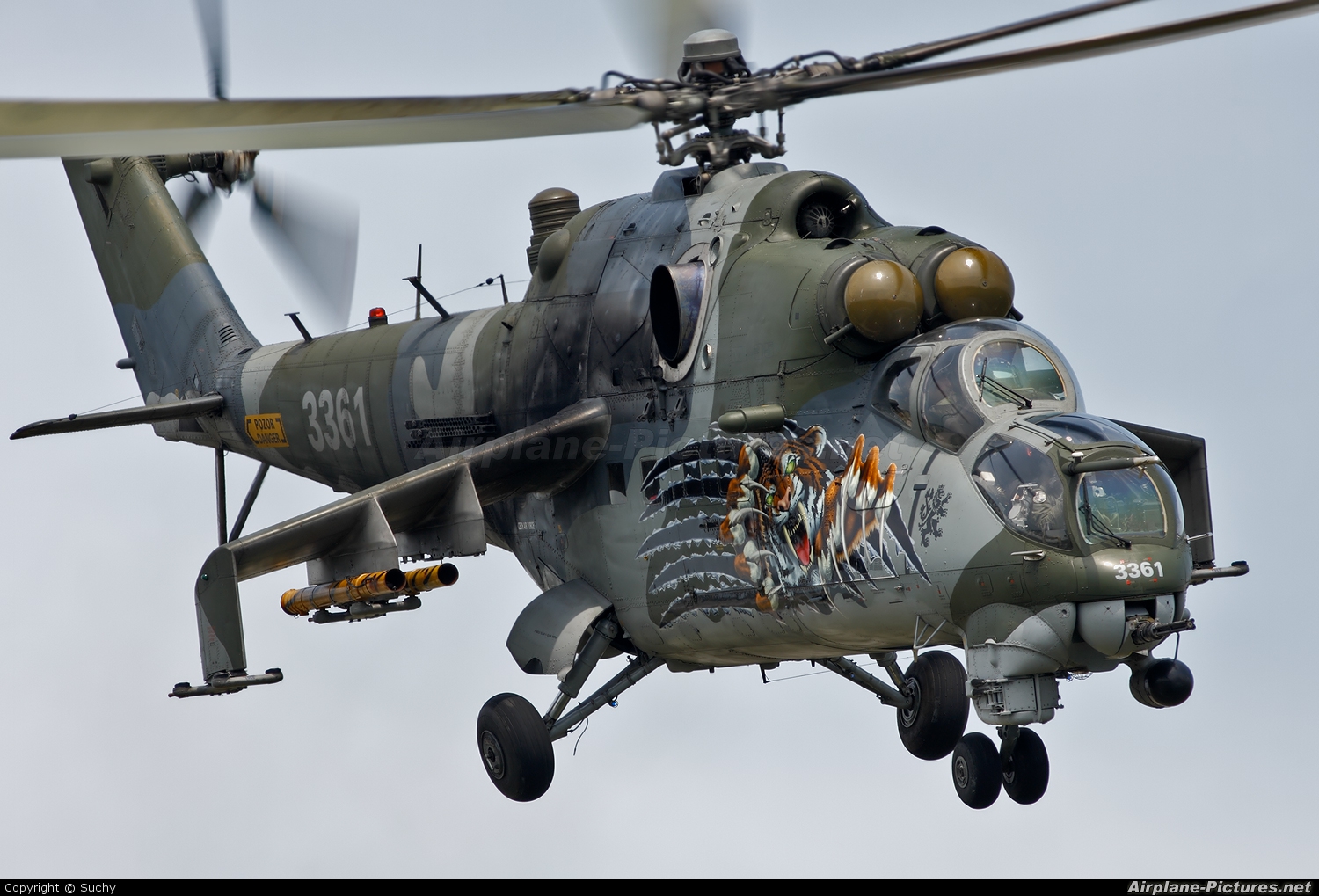India's Mi-35 Helicopters Ready For Helmand Battle In Afghanistan
Mi-35 helicopters

NEW DELHI: India has denoted four Mi-35 Helicopters to Afghanistan which have now been assembled and are now fully compatible to deal with terrorism in the war-torn country. For the first time, these helicopters would be used in the ongoing Helmand battle in Afghanistan. They were handed over Afghanistan during Prime Minister Narendra Modi's visit to Kabul in December last year.
The Russian-built Mi-25 is equipped with a YakB four-barrelled, 12.7mm, built-in, flexibly mounted machine gun, which has a firing rate of 4,000-4,500 rounds a minute and a muzzle velocity of 860m/s.
Ghulam Sakhi Ahmadzai, Deputy Chief of Procurement of the Defense Ministry stated ‘We have always been helped by India. The helicopters donated by India to Afghanistan have been assembled and will help us fight terrorists.’
Afghanistan’s Air force commander Abdul Wahab Wardak stated that ‘help from regional and global countries was crucial for bringing peace and stability for Afghanistan.’
“As we are helped by India and the US we need the same cooperation from other countries because the Taliban, Daesh and al-Qaeda are not only the enemy for Afghanistan but [the enemy of] any country in the world,” Wardak said.
The Indian helicopters are very suitable for the climate and the location of the country and they can give further morale to the security forces in their operations against terrorists.
Meanwhile, India’s Defense Attache in Kabul Sujit Narain said that he was happy that the helicopters are operational for the Afghan Air Force.
Last week, AAF received four A-29 Super Tucano light attack aircraft from the US Air Force as part of the A-29 programme aimed at training the Afghan pilots in employing weapon system and defending the country from insurgents.
The country will also receive a new batch of 12 MD 530F helicopters equipped with enhanced mission equipment.
The AAF received the first 12 MD 530F Cayuse Warrior helicopters last year and currently operates a fleet of 16 MD 530F choppers.
Meanwhile, after months of ferocious fighting, Afghan army units battling the Taliban in southern Helmand province are facing major restructuring and leadership changes, with several key commanders being replaced.
Helmand has been a fierce battleground since last fall, with fighting taking place in 10 districts. At times, the insurgents have laid siege on army bases and threatened to overrun large chunks of territory. Local officials have called for help from central authorities and complained publicly over corruption that includes syphoning off salaries, food, fuel and equipment.
Helmand is a strategic region for the Taliban, as it as it shares a border of more than 250 kilometers (155 miles) with Pakistan. It grows large quantities of opium, used to produce most of the world's heroin. The harvest is worth up to $3 billion a year, and helps fund the insurgency.
The Taliban have made serious stands in seven Helmand districts — Sangin, Gereshk, Khanashin, Musa Qala, Nawzad, Washer and Marjah — and at least three districts of Lashkar Gah are also under threat.
One Taliban commander told the BBC that most of their weapons were sold to them by members of the Afghan security forces. It's a claim impossible to verify but insurgents have been observed using official army issue weaponry.
The Helmand Governor, Mirza Khan Rahimi, is a heavily built veteran of the Afghan intelligence services. He brushed off accusations that he'd been ineffective in containing the insurgency.
As of now, the biggest problem for security forces is hit-and-run attacks by the Taliban, as when reinforcements move to one district they attack another.
(The writer is a PhD scholar in Jawaharlal Nehru University, New Delhi).



